In the fascinating world of exotic pets, reptiles stand out as some of the most captivating and sometimes costly companions. From ancient-looking monitor lizards to brilliantly colored snakes, the high-end reptile market caters to passionate collectors willing to invest thousands—sometimes hundreds of thousands—of dollars for rare specimens. These premium prices often reflect factors like genetic rarity, breeding difficulty, legal restrictions, and the simple economics of supply and demand. While a common leopard gecko might cost $40 at a pet store, the following extraordinary reptiles represent the pinnacle of exclusivity in the herpetological pet trade. Let’s explore these remarkable creatures that command top dollar in the exotic pet market.
Albino Reticulated Python
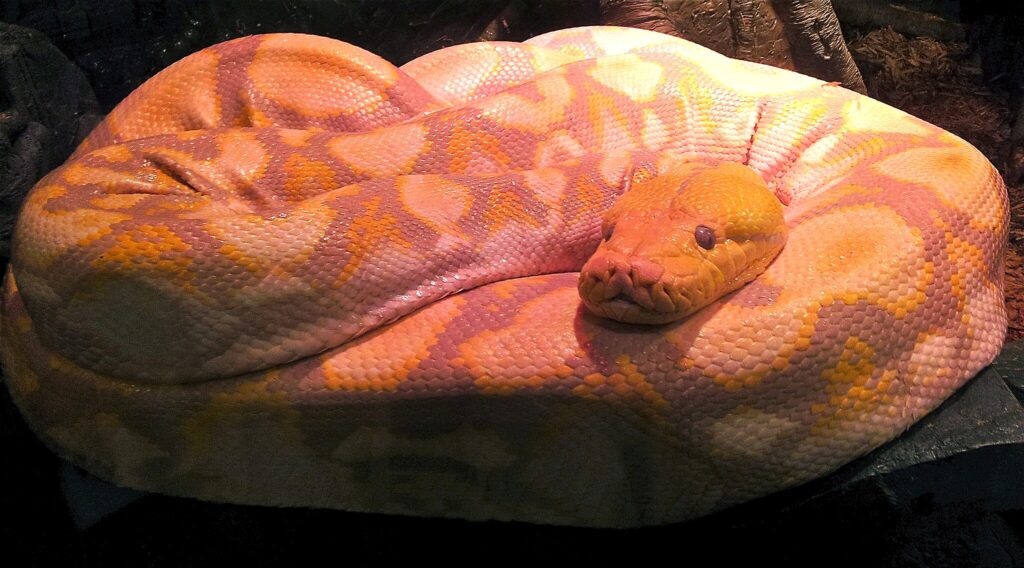
The albino reticulated python stands as one of the most visually striking and expensive snakes available to collectors, with specimens commanding prices between $10,000 and $40,000 depending on their pattern and bloodline. As the world’s longest snake species, these magnificent reptiles display a breathtaking combination of creamy white scales accented with yellow patterns instead of the typical dark coloration. Achieving this remarkable coloration requires the breeding of two snakes carrying the recessive albino gene, making truly exceptional specimens relatively rare in the market. Beyond their price tag, potential owners must consider that these massive constrictors can grow to lengths exceeding 20 feet and require specialized housing, significant food expenses, and proper handling experience.
Leucistic Blue-Eyed Crocodile Skink
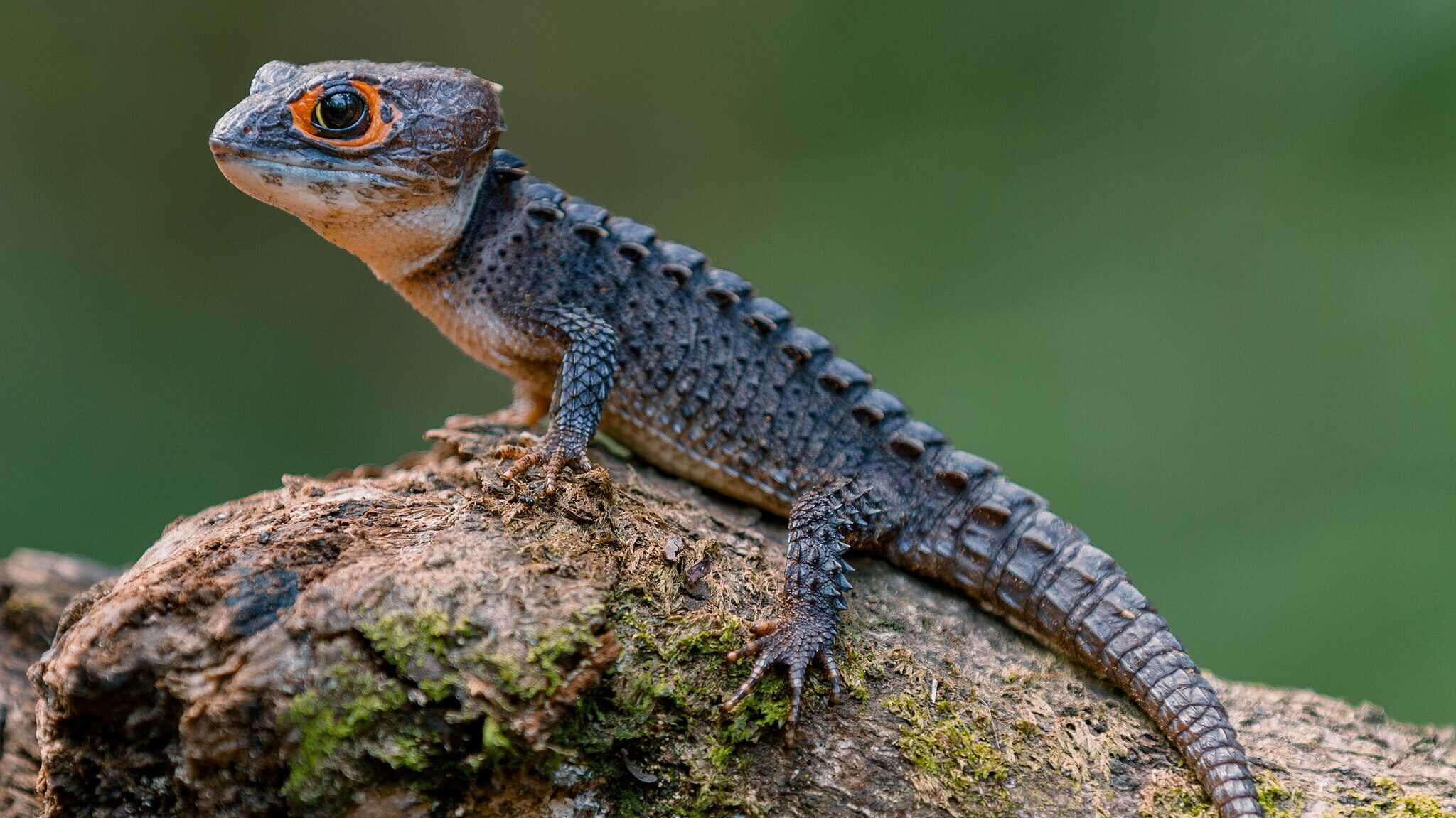
The leucistic blue-eyed crocodile skink represents one of the reptile world’s most striking and unusual morphs, commanding prices of $3,000 to $5,000 for premium specimens. Unlike typical crocodile skinks with their earthy brown coloration, these rare variants display an almost supernatural appearance with predominantly white scales and captivating blue eyes that seem to glow against their pale bodies. This coloration results from leucism—a partial loss of pigmentation that affects skin cells but not the eyes, creating a dramatic contrast that collectors find irresistible. Despite their dinosaur-like appearance complete with pointed dorsal scales, these small lizards typically reach only about 8-10 inches in length, making them manageable yet extraordinary additions to high-end reptile collections.
Lavender Albino Ball Python
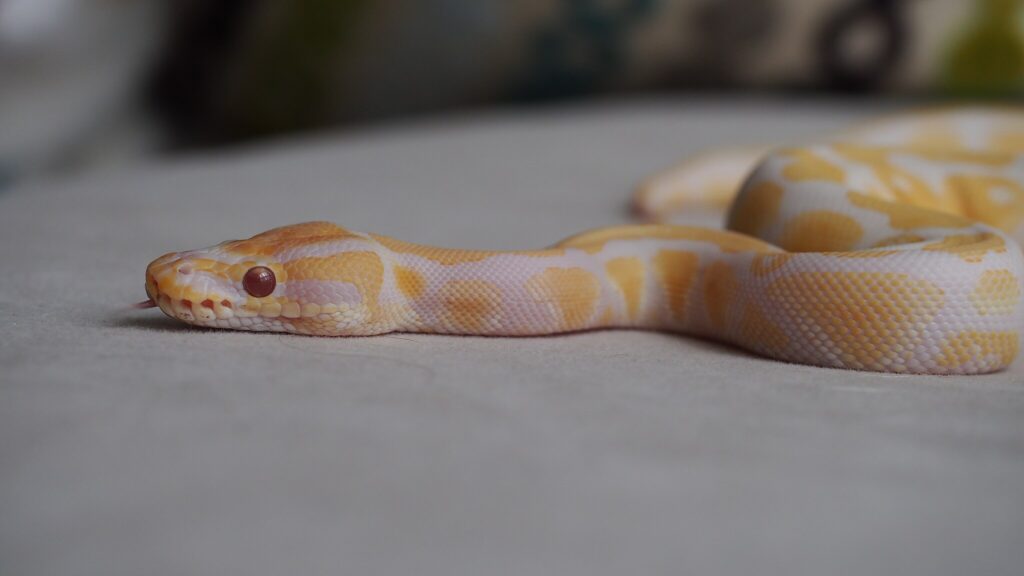
The lavender albino ball python represents the intersection of cutting-edge genetic breeding and artistic beauty in the reptile world, with premium examples selling for $15,000 to $25,000. Their delicate lavender-hued bodies, accented with soft yellow patterns and striking red eyes, create an almost ethereal appearance that stands apart from standard albino snakes. This specific color variant emerged through selective breeding programs that carefully isolated and enhanced particular genetic traits over multiple generations. While their price has decreased somewhat as breeders have successfully produced more specimens, truly exceptional examples with perfect patterning and vibrant coloration still command astronomical sums from serious collectors who appreciate these snakes as living works of art.
Green Tree Python Morphs
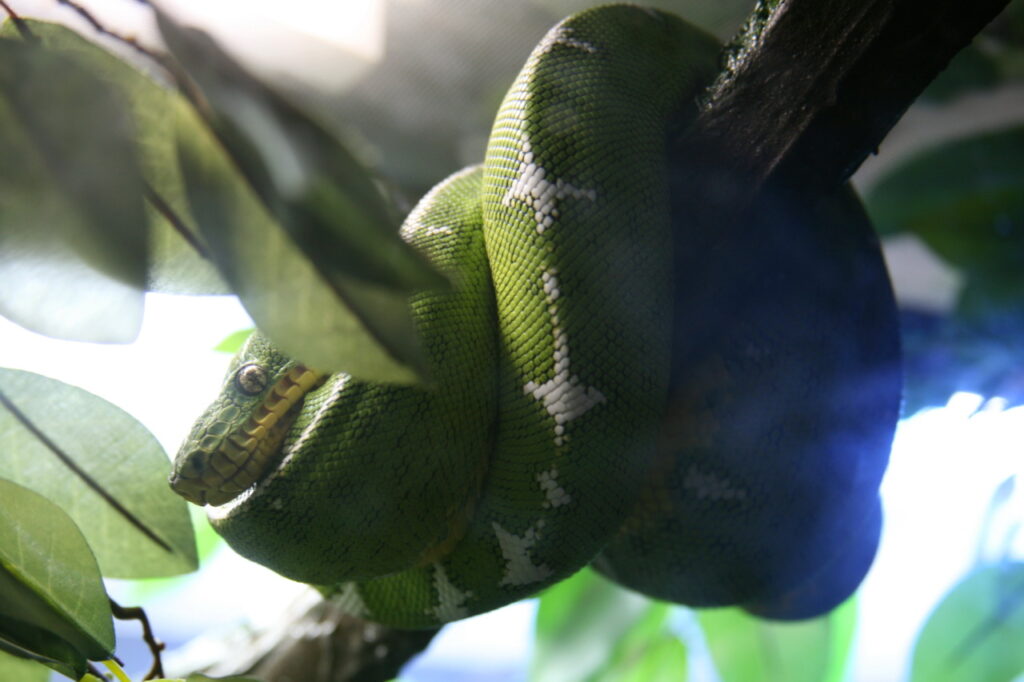
The most exceptional green tree python morphs represent the pinnacle of reptile breeding achievements, with certain rare variants like the “blue-phase” or “high-blue” specimens commanding prices between $10,000 and $30,000. These arboreal serpents, native to New Guinea and northern Australia, naturally display a stunning emerald green coloration as adults, but through selective breeding, specialists have developed extraordinary color variants including vibrant blues, yellows, and even bicolor specimens. The snake’s inherent beauty is enhanced by its specialized anatomy, including heat-sensing pits along the lip scales and a prehensile tail that allows it to remain perfectly coiled on branches. Beyond their striking appearance, potential owners must provide specialized care including precise humidity levels, vertical enclosures with appropriate branches, and careful handling to avoid stressing these sensitive reptiles.
Albino Alligator
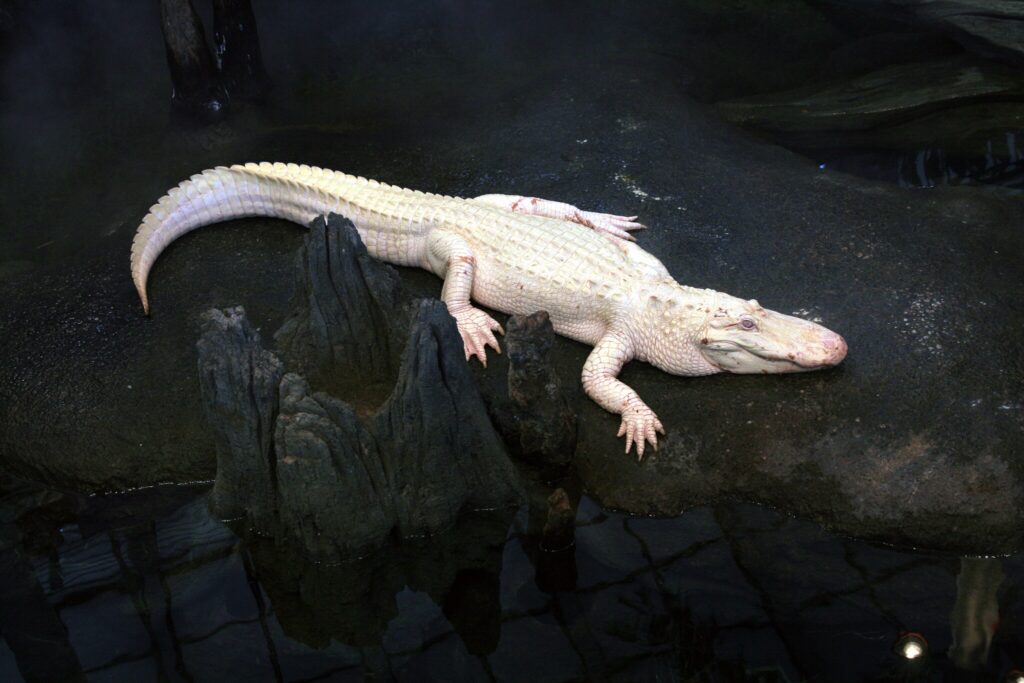
Albino alligators represent one of the most expensive and rarest reptile acquisitions possible, with specimens valued between $50,000 and $100,000 when legally available to private collectors. Unlike their normally dark-colored relatives, these extraordinary reptiles display creamy white skin and pinkish-red eyes resulting from a complete absence of melanin. Their exceptional rarity stems from both the genetic odds—occurring in roughly one in every 100,000 births—and their extremely low survival rates in the wild, where their lack of camouflage and light sensitivity make them easy targets for predators. Owning such a creature requires not only significant financial investment but also specialized permits, extensive habitat requirements including temperature-controlled water features, and the capacity to safely house an apex predator that can grow to over 11 feet long and live for decades.
Black Dragon Water Monitor
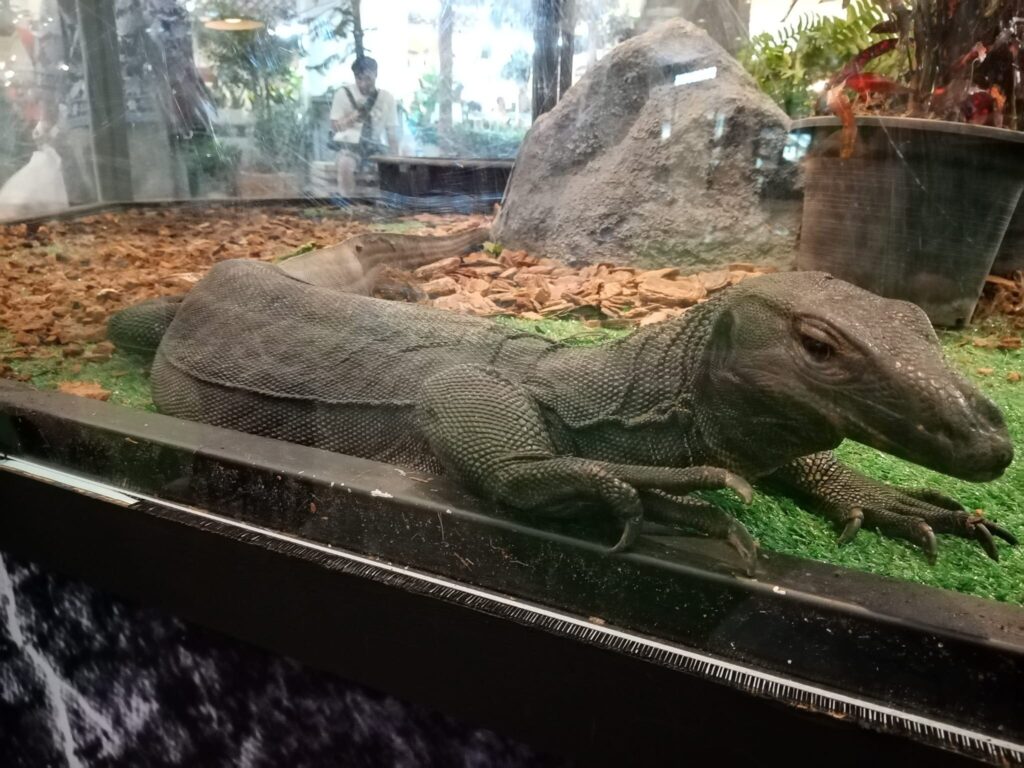
The Black Dragon Water Monitor stands as one of the most coveted large lizards in the high-end reptile trade, with specimens typically selling for $7,000 to $20,000 depending on size and quality. This melanistic form of the Asian water monitor (Varanus salvator) displays a striking jet-black coloration with minimal patterning, giving it an almost mythical appearance that justifies its dragon-inspired name. Unlike color morphs created through selective breeding, these remarkable lizards occur naturally in small island populations in Southeast Asia, particularly near Sulawesi, making truly pure specimens exceptionally rare and difficult to obtain. Potential owners must consider not only the substantial purchase price but also the significant space requirements for these intelligent reptiles that can grow beyond seven feet in length and require spacious enclosures with swimming areas, climbing opportunities, and enrichment to accommodate their active, curious nature.
Scaleless Bearded Dragon
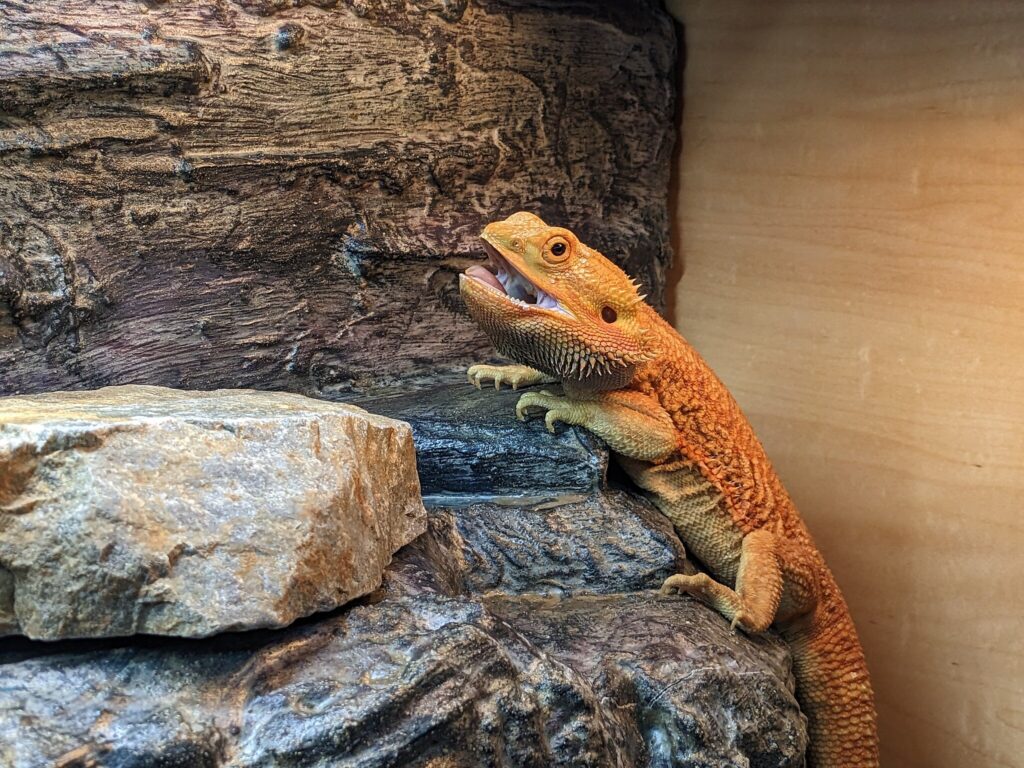
The scaleless bearded dragon represents one of the most controversial and expensive mutations in the reptile hobby, commanding prices between $5,000 and $10,000 for well-established specimens. Unlike typical bearded dragons with their characteristic spiny appearance, these genetic variants have extremely reduced scales, giving them a smooth, almost velvety appearance that some enthusiasts find appealing and others consider ethically questionable. This mutation first appeared in captive breeding programs around 2010 and results from a recessive genetic trait that must be inherited from both parents. While their unusual appearance commands premium prices from collectors seeking unique specimens, these dragons require exceptionally careful husbandry including perfect temperature gradients, humidity control, and protection from abrasive surfaces since they lack the natural armor that scales provide in normal individuals.
Galapagos Tortoise
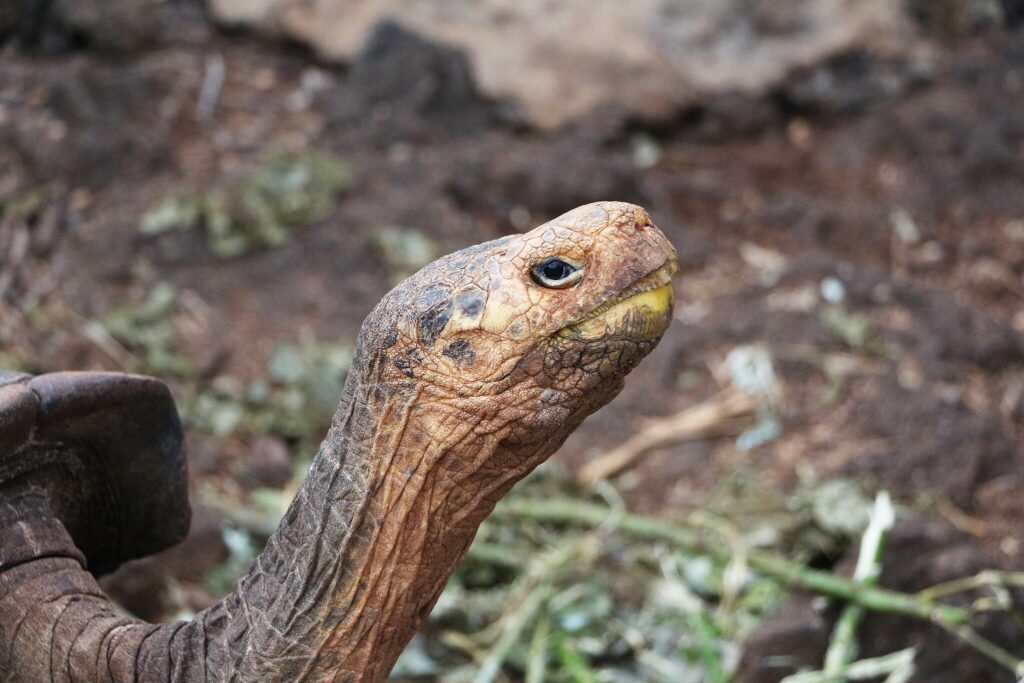
The Galapagos tortoise represents perhaps the ultimate statement piece in the world of high-end reptile collecting, with legally acquired specimens (when rarely available) potentially costing upwards of $100,000. These magnificent creatures, the largest living tortoise species, have achieved legendary status due to their remarkable longevity—potentially living 150+ years—and their fascinating evolutionary adaptations, including distinctive shell variations that differ between island populations. Their extreme price reflects their protected status under international law, as wild collection is strictly prohibited, meaning any legal specimens must come from established captive breeding programs with impeccable documentation. Potential owners must consider not just the extraordinary initial investment but also the multi-generational commitment these animals represent, requiring specialized outdoor enclosures in appropriate climates, significant ongoing food costs, and detailed plans for their care long after the original owner’s lifetime.
Fiji Banded Iguana

The Fiji Banded Iguana represents one of the reptile world’s most visually stunning and expensive lizards, with legally acquired specimens commanding prices between $10,000 and $20,000 when rarely available. These emerald green arboreal lizards display distinctive light blue or white bands across their bodies, creating a striking appearance that seems almost artificial in its perfection. Their astronomical price reflects their protected status under the Convention on International Trade in Endangered Species (CITES), which strictly regulates their trade due to declining wild populations, meaning legal specimens must come from established breeding programs with extensive documentation. Beyond their remarkable appearance, these specialized herbivores require painstaking care including precisely controlled humidity levels, UVB lighting, and carefully managed diets consisting primarily of specific tropical leaves, flowers, and fruits that mirror their natural diet in the South Pacific.
Piebald Ball Python

The piebald ball python represents one of the most visually dramatic and expensive morphs in the reptile hobby, with exceptional specimens selling for $3,000 to $10,000 depending on the percentage and pattern of white coloration. These remarkable snakes display random patches of unpigmented white scales interspersed with normal coloration, creating a stunning patchwork appearance that varies dramatically between individuals. The piebald mutation results from a recessive gene, meaning both parent snakes must carry the trait for it to appear in offspring, which initially contributed to its scarcity and high price point in the market. While more common today than when first introduced to hobbyists, specimens with particularly aesthetic patterns—especially those with symmetrical markings or highly contrasting color borders—continue to command premium prices from collectors who view them as living art pieces.
Kinkajou Blue-Tongue Skink
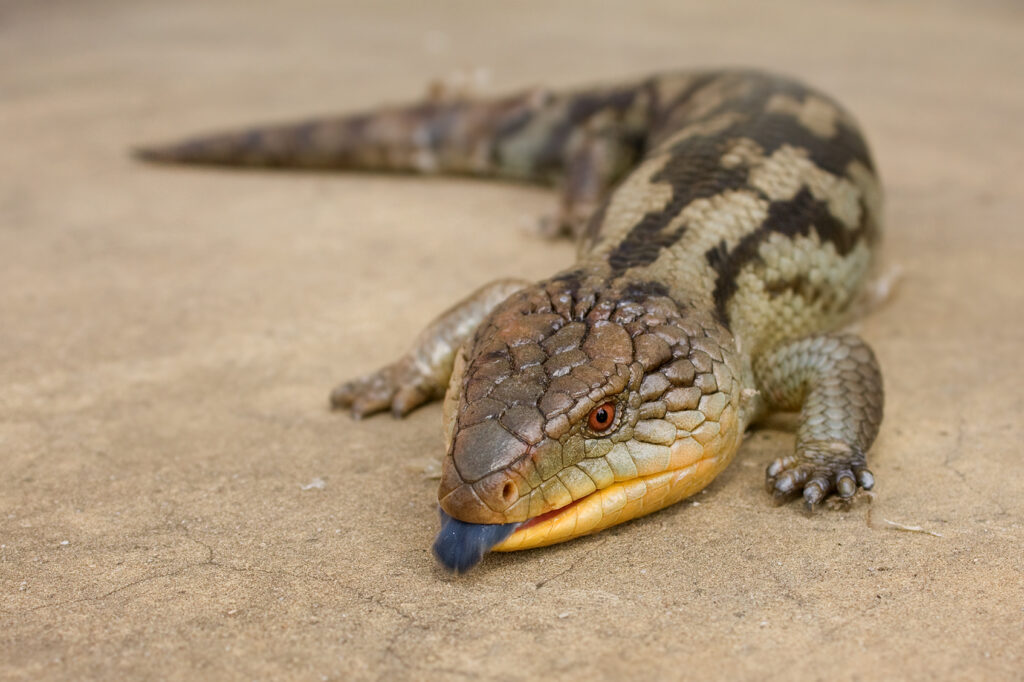
The Kinkajou Blue-Tongue Skink represents one of the most expensive color morphs available in the reptile hobby, with high-quality specimens commanding prices between $7,000 and $15,000. Unlike standard blue-tongue skinks with their earthy tones, these rare variants display a striking combination of caramel and cream coloration with reduced dark pigmentation, creating an appearance reminiscent of the mammalian kinkajou. This specific coloration resulted from selective breeding programs that carefully isolated and enhanced particular genetic traits through multiple generations, making it among the most sought-after designer morphs in the skink world. Beyond their extraordinary appearance, these lizards retain the docile temperament and relatively straightforward care requirements that have made blue-tongue skinks popular pets, though their extreme value means they’re typically purchased by serious collectors rather than casual reptile keepers.
Gray Banded Kingsnake
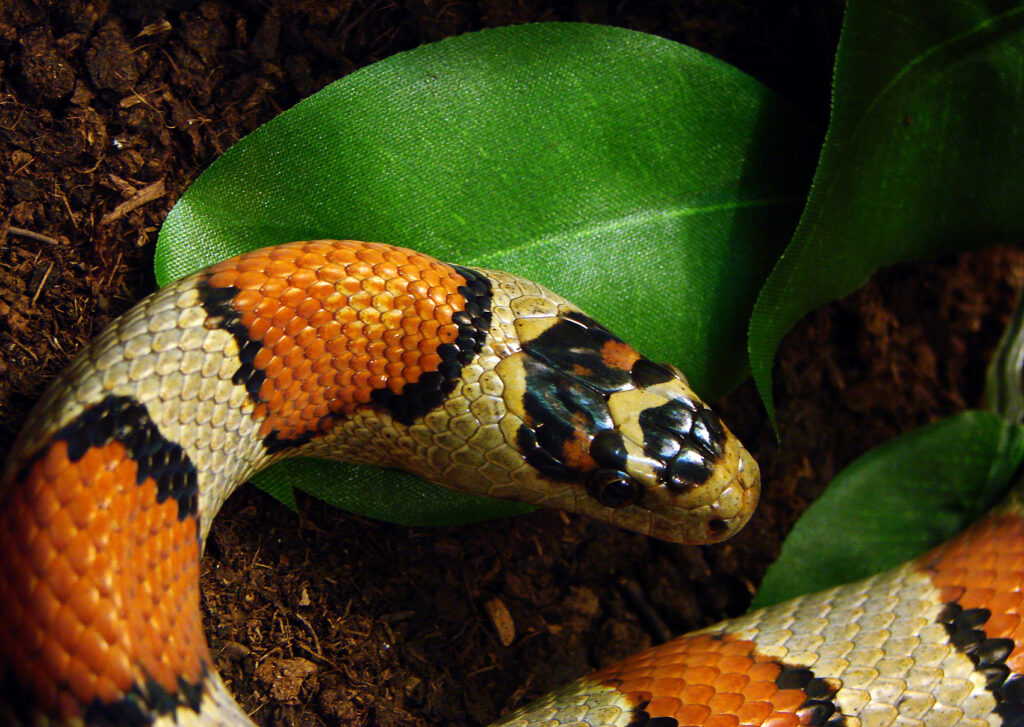
The gray banded kingsnake, particularly rare locality-specific varieties like the Blair’s phase or Thayer phase, can command extraordinary prices ranging from $2,500 to $7,000 for exceptional specimens. These striking serpents, native to isolated mountain ranges in the southwestern United States and northern Mexico, display intricate banding patterns in combinations of gray, black, and orange that vary dramatically depending on their geographic origin. Their high price reflects both their natural scarcity—being found only in remote, difficult-to-access habitats—and the legal restrictions on collecting wild specimens, meaning captive-bred animals from established bloodlines carry premium value. Beyond their visual appeal, these kingsnakes have earned their reputation as the “Holy Grail” for many collectors due to their challenging breeding requirements, including specific temperature cycling and brumation periods that must precisely mimic their natural desert mountain environment.
Ethical Considerations and Responsible Ownership
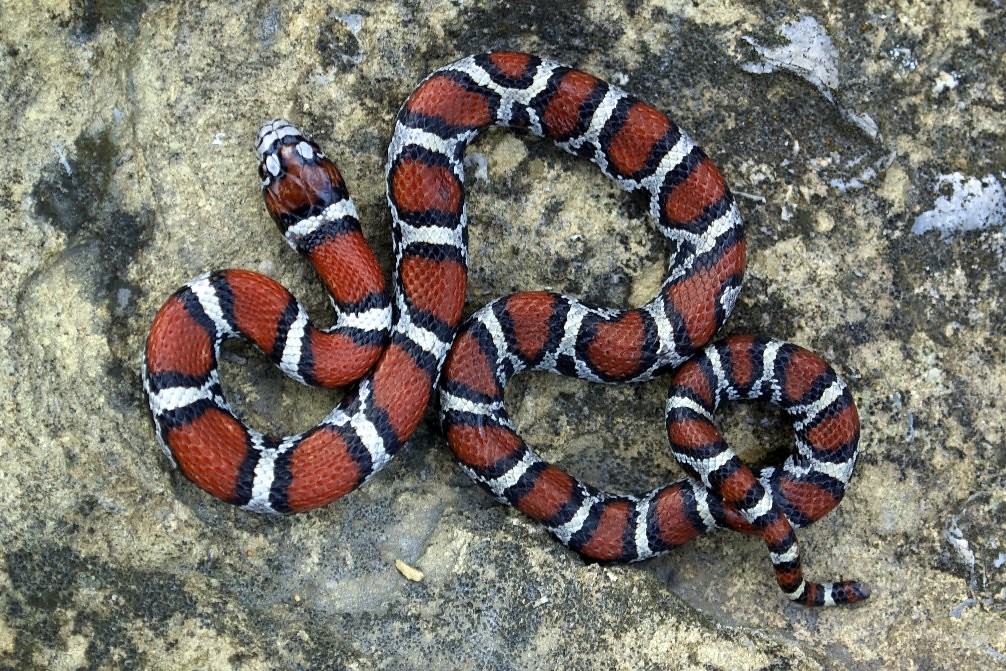
The ownership of extremely expensive reptiles carries significant ethical responsibilities that extend far beyond the considerable financial investment. Prospective owners must thoroughly research the origin of their potential purchase, ensuring it comes from legitimate captive breeding programs rather than potentially contributing to illegal wildlife trafficking that threatens wild populations. Additionally, these specialized animals require equally specialized care including precise environmental parameters, diet requirements, and veterinary access from practitioners experienced with exotic species—factors that should be established before, not after, acquisition. Responsible ownership also means planning for the animal’s entire lifespan, which can exceed decades or even centuries for certain species like tortoises, requiring consideration of succession plans should the reptile outlive its original owner. Finally, potential collectors should question whether their interest stems from a genuine commitment to the animal’s welfare or merely from the status associated with owning something rare and expensive—a reflection that often separates serious herpetologists from trend-following buyers.
Conclusion
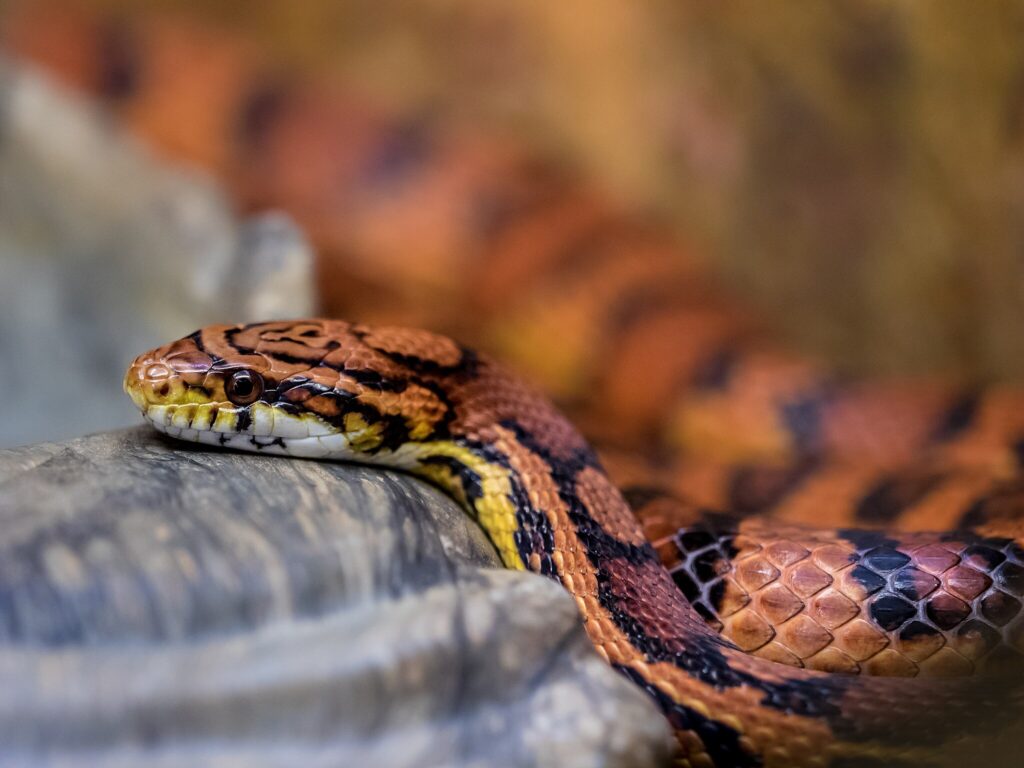
The world of high-end reptile collecting represents a fascinating intersection of herpetology, genetics, conservation, and luxury acquisition. While the price tags attached to these extraordinary creatures may seem staggering to outsiders, they reflect factors including genetic rarity, breeding difficulty, legal restrictions, and the passionate demand from dedicated collectors. For responsible enthusiasts with the knowledge, resources, and commitment to provide appropriate lifelong care, these animals represent not just expensive possessions, but living embodiments of evolutionary marvels worthy of admiration and respect. However, potential owners should always prioritize animal welfare over status, ensuring that their fascination with these expensive reptiles translates into exemplary husbandry rather than simply bragging rights. As with any specialized pet, the true cost extends far beyond the initial purchase price to encompass a lifetime commitment to the creature’s wellbeing.


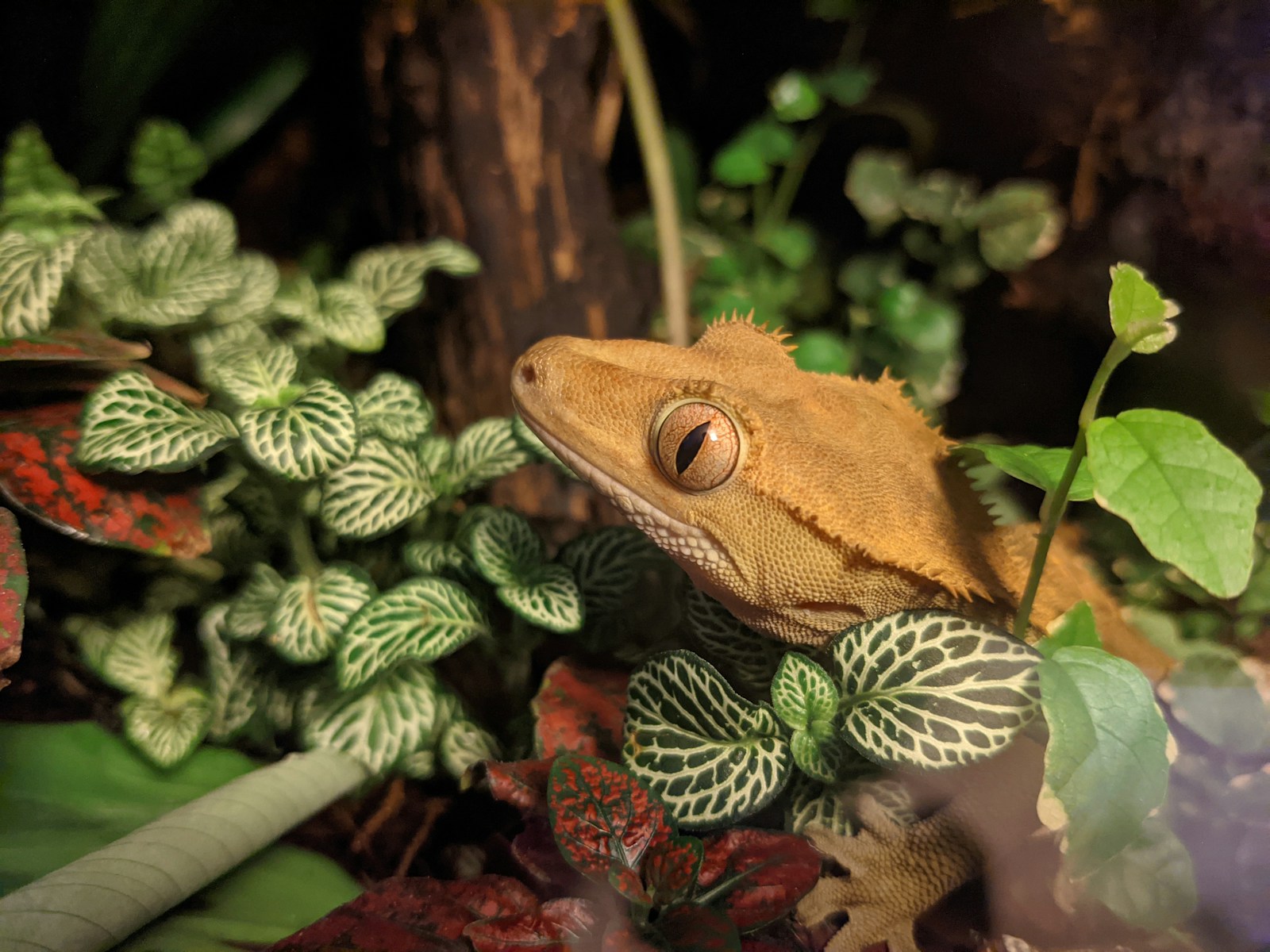
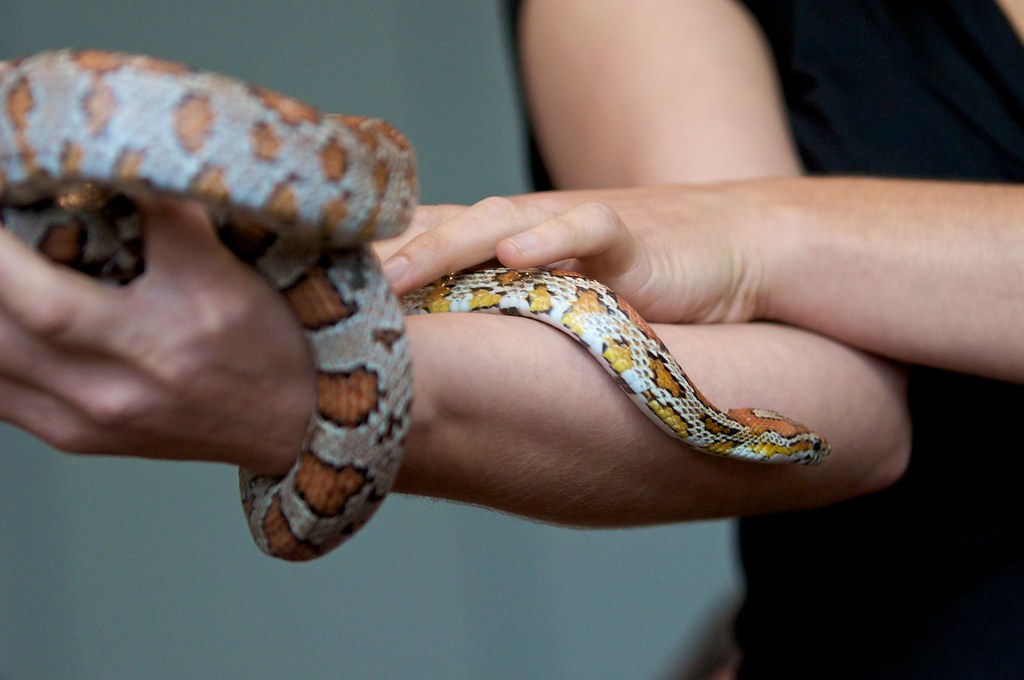

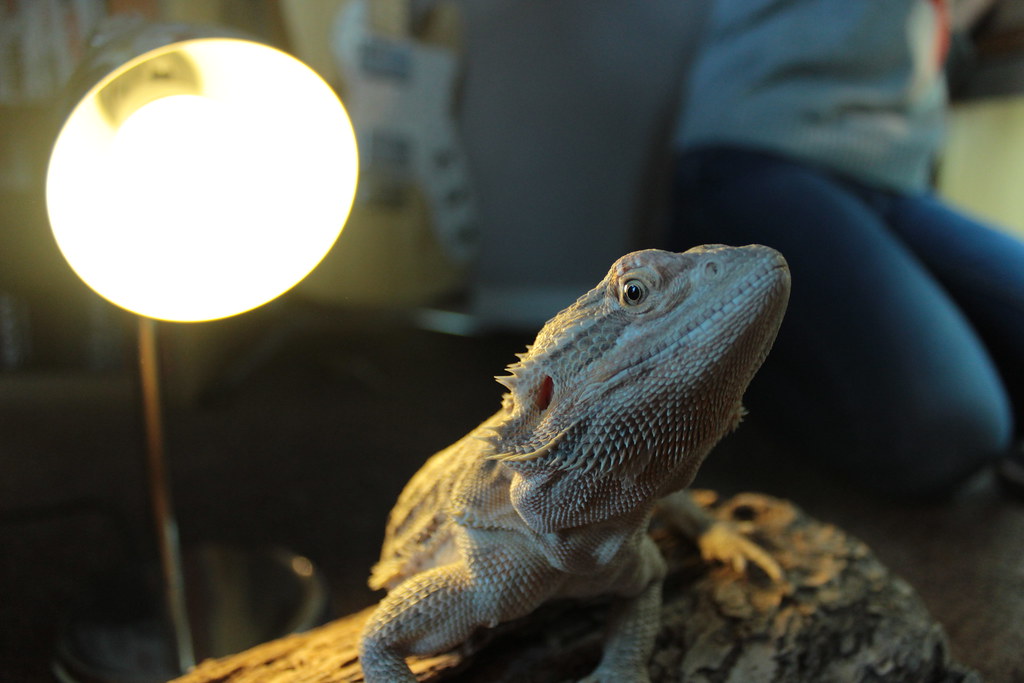

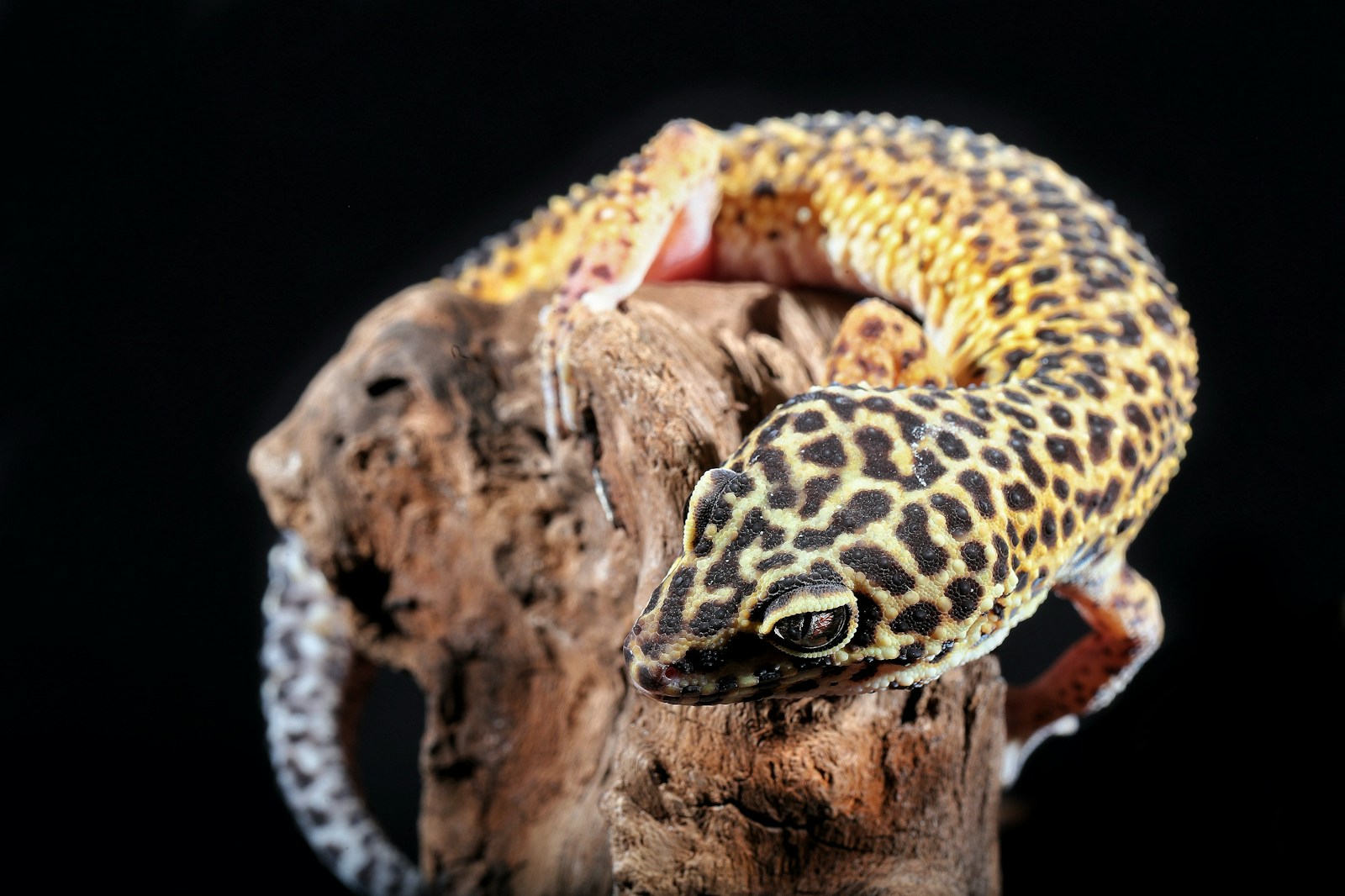
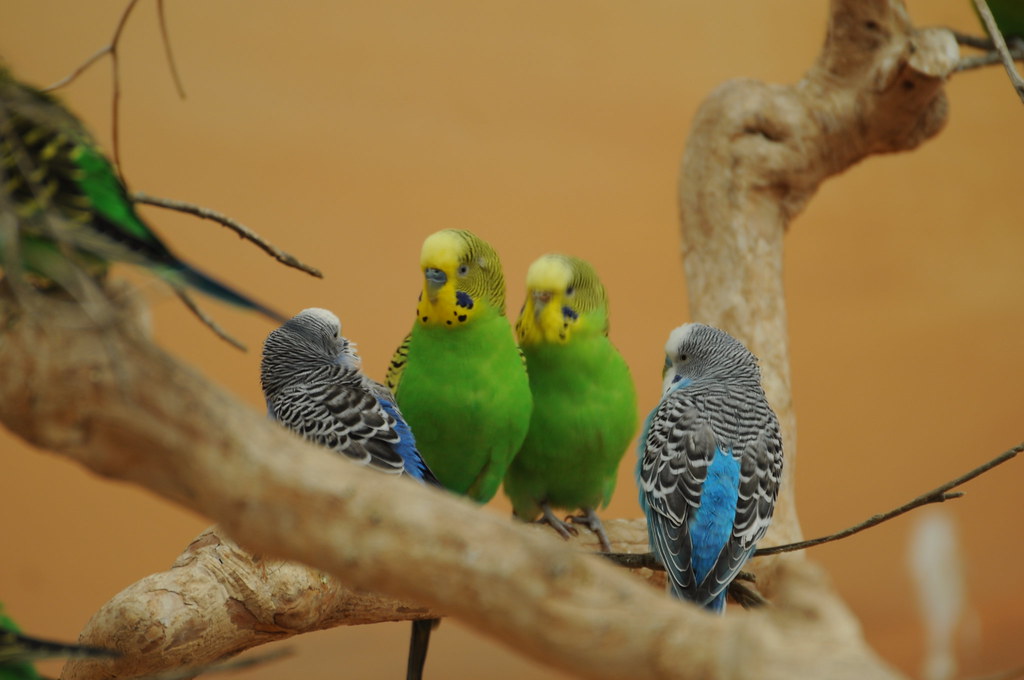
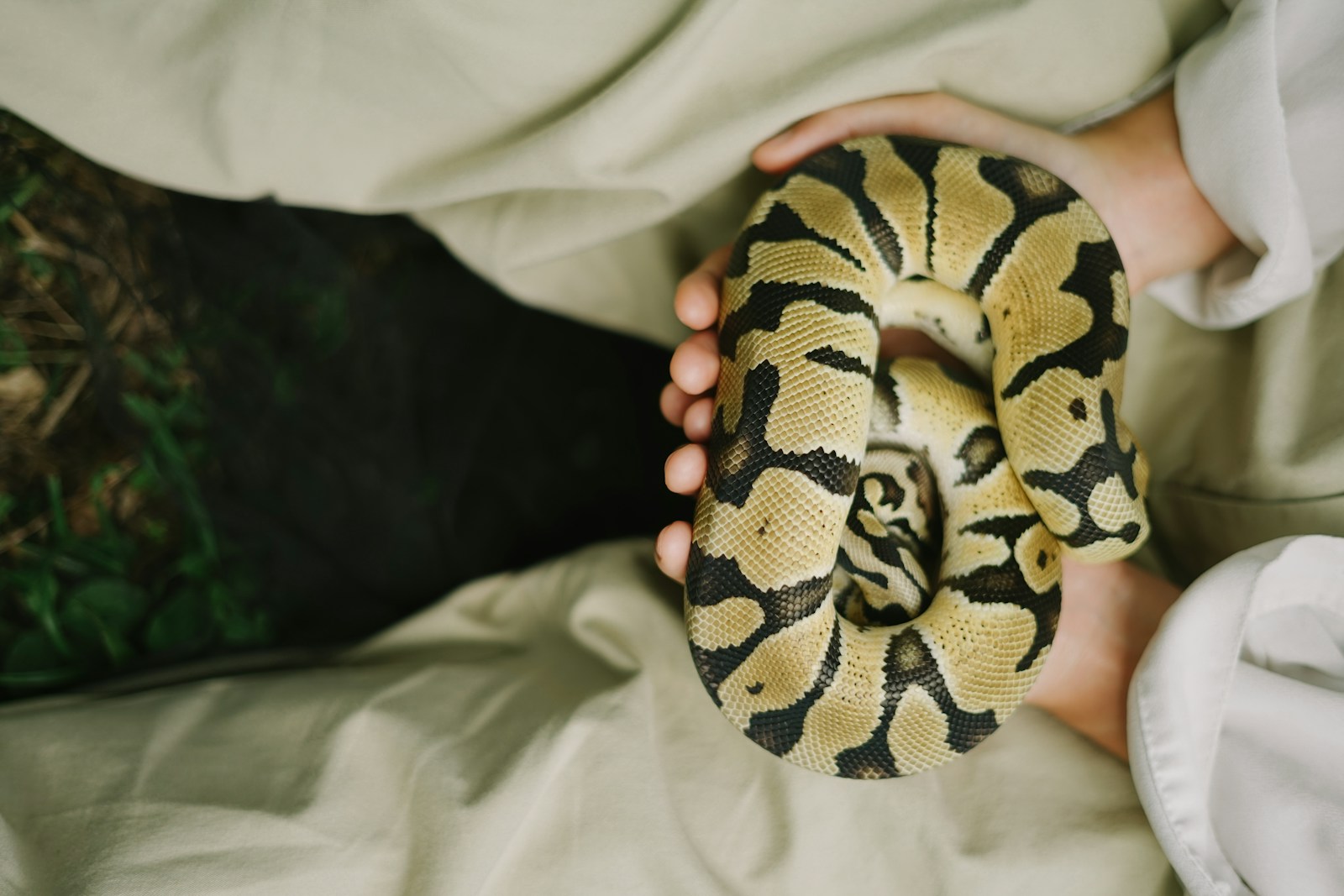

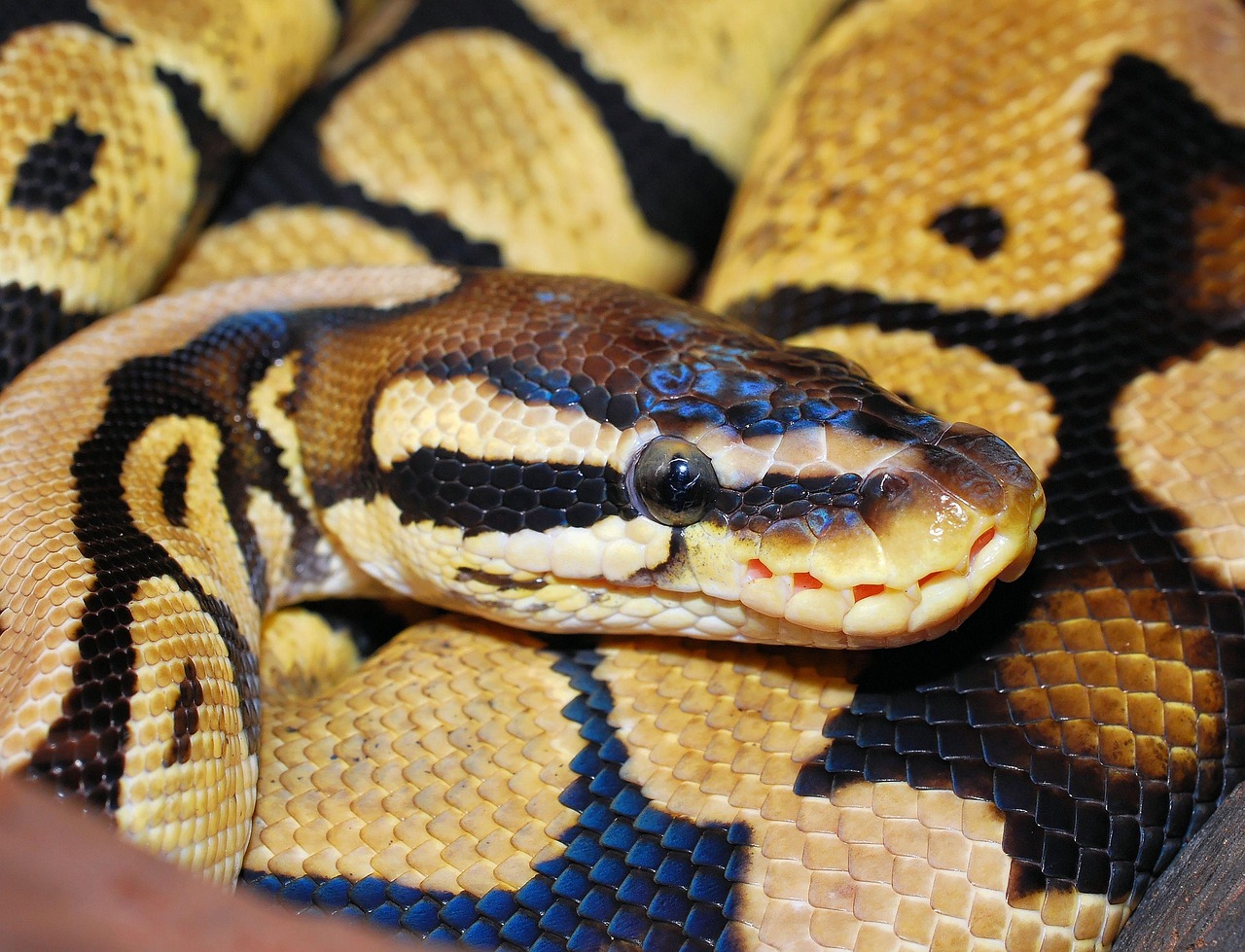
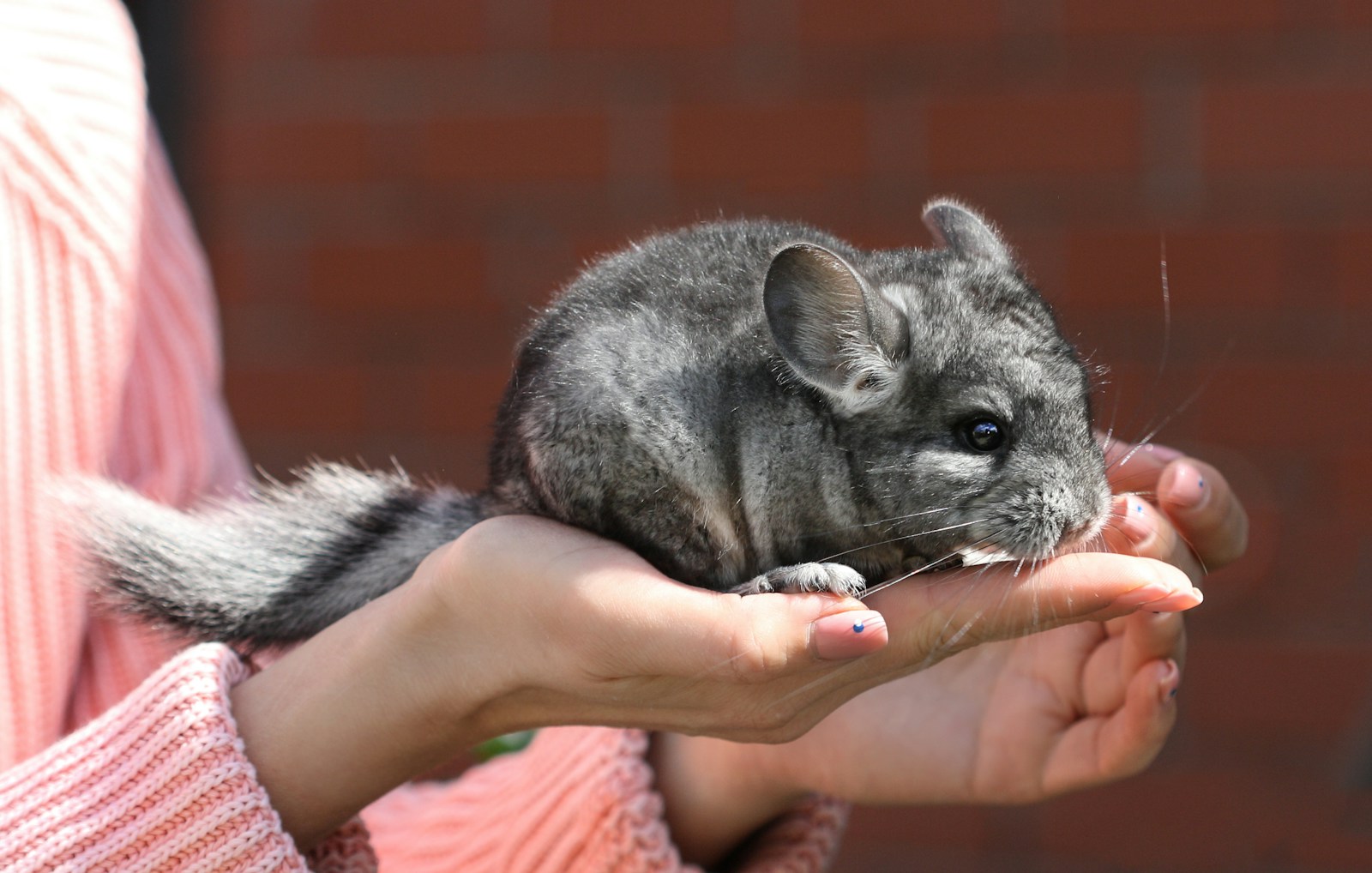

Leave a Reply